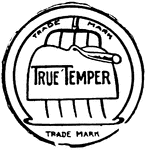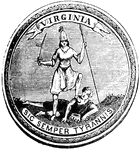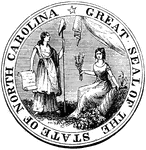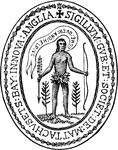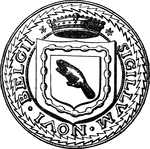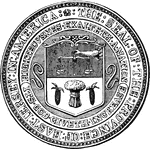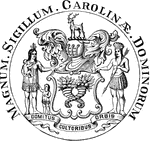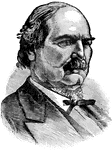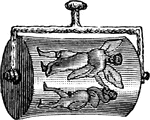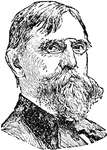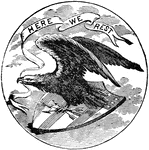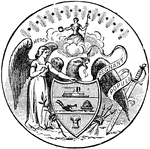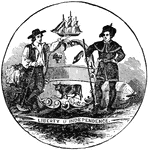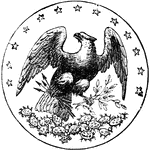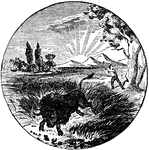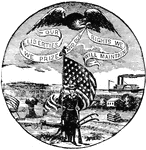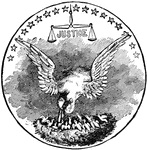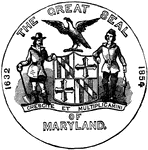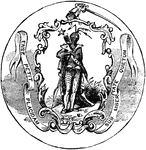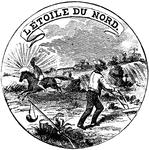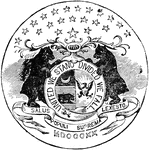!["Capture of Fort De Russy, La., on the 14th of March, 1864, by the Federal forces under General Andrew Jackson Smith. This fort was captured, March 14th, 1864, by the Federal forces under General A. J. Smith. The expedition left Vicksburg on March 10th, landed at Summerville, La., on the 13th, and marched to Bayou Glace, where General Scurri's Confederate brigade had been encamped, which fled on the approach of the transports, leaving considerable camp equipage and commissary stores. General Smith pushed forward to Yellow Bayou, where strong fortifications had been erected; but the Confederates again fled. As he came up the enemy was pressed, and some skirmishing occurred, resulting in the capture of several prisoners and a small wagon train. At daylight the entire command started for Fort de Russy, twenty-eight miles distant, hotly pursued by General Dick Taylor, who hoped to save the fort; but Smith had the lead, and at four o'clock in the afternoon the Third and Ninth Indiana Batteries opened on the fort, which replied vigorously with three of its heaviest guns. The cannonade continued an hour, when General Smith ordered the First and Second illinois Regiments, Sixteenth Corps, under General Mower, to charge the enemy's rifle pits and storm the fort. The Eighty-ninth and One Hundred and Nineteenth Indiana and Twenty-fourth Missouri Regiments charged over deep ditches and a thick abatis in the face of a galling fire, and within twenty minutes after the order was given the [African American] sergeant of the Fifty-eighth Illinois Volunteers planted the American flag upon the enemy's works."— Frank Leslie, 1896](https://etc.usf.edu/clipart/11700/11750/derussy_11750_mth.gif)
Fort de Russy
"Capture of Fort De Russy, La., on the 14th of March, 1864, by the Federal forces under General Andrew…
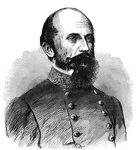
General John H. Morgan
"General Morgan, born in Huntsville, Ala., June 1st, 1826, died near Greeneville, Tenn., September 4th,…

Battle of Grand Coteau
"The war in Louisiana- Battle of Grand Coteau- capture of the Sixty-seventh Indiana by the Texas Mounted…

Battle of Carrick's Ford
"Battle of Carrick's Ford, between the troops of General McClellan's command, under General Morris,…

Bealington
"Engagement at Bealington, Va., between Ohio and Indiana regiments and a detachment of Georgia troops.…

Plaice
"Weighing six to twelve pounds; it feeds on mollusca, crustacea, and young fish; inhabits sandy banks…
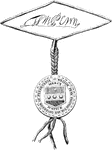
Penn's seal and signature
"Penn's Seal and Signature. This is a representation of the seal and signature of William Penn attached…

Battle of Shiloh
"Battle of Shiloh, or Pittsburg Landing, left wing- the woods on fire during the engagement of Sunday,…
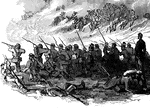
Battle of Shiloh
"Battle of Shiloh, or Pittsburg Landing, left wing- the woods on fire during the engagement of Sunday,…
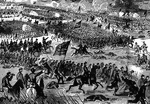
Battle of Champion Hills
"Battle of Champion Hills, May 16th, 1863- the formidable position of General Pemberton carried by Generals…

Battle of Champion Hills
"Battle of Champion Hills, May 16th, 1863- the formidable position of General Pemberton carried by Generals…
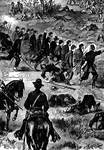
Battle of Champion Hills
"Battle of Champion Hills, May 16th, 1863- the formidable position of General Pemberton carried by Generals…

William Tryon Seal
"Seal and signature of Tryon. William Tryon was a native of Ireland, and was educated to the profession…
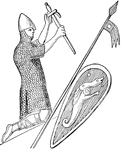
William the Conqueror
"William the Conqueror (1066-1087), as represented on his seal. Although William really ruled 'as king…
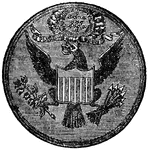
Eagle on Seal of United States
"The Eagle is a gold coin of the United States, value $10; half-eagle, $5; quarter-eagle, $2.50, double…

Hooded Seal
"The Seal, of the family Phocidæ, or seal tribe, are, of all four-limbed mammiferous animals,…

Lewis Wallace
(1827-1905) A lawyer, eleventh Governor of the New Mexico Territory, and served in the Civil War for…

Pear Design
"Also known as the cone, the palm leaf, the river loop, the crown jewel, the seal, the almond, the feather,…
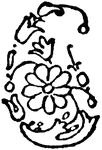
Pear Design
"Also known as the cone, the palm leaf, the river loop, the crown jewel, the seal, the almond, the feather,…

Pear Design
"Also known as the cone, the palm leaf, the river loop, the crown jewel, the seal, the almond, the feather,…

Pear Design
"Also known as the cone, the palm leaf, the river loop, the crown jewel, the seal, the almond, the feather,…
Pear Design
"Also known as the cone, the palm leaf, the river loop, the crown jewel, the seal, the almond, the feather,…
Pear Design
"Also known as the cone, the palm leaf, the river loop, the crown jewel, the seal, the almond, the feather,…
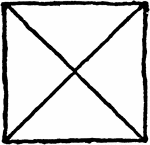
Solomon's Seal
Built on the right angle triangle and, like the Signet of David, it is found in many of the Turkish…

Seal
The general name of certain genera of carnivorous mammals, havin feet adapted for swimming, and being…
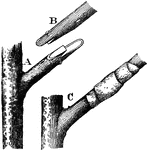
Tongue Grafting
To graft two plants together using the tongue or whip grafting approach, you must first make a sloping…
